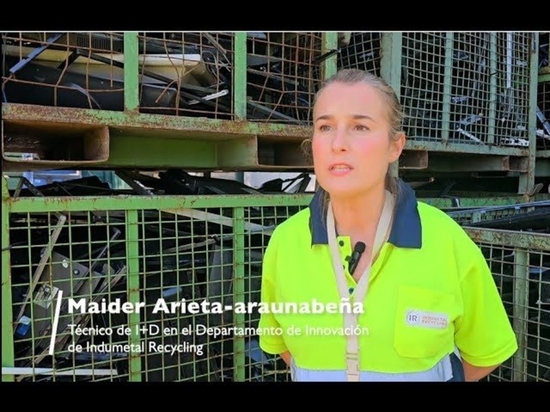
#Industry News
AI AND MACHINE VISION, CIRCULAR ECONOMY
AI AND MACHINE VISION, CIRCULAR ECONOMY
AI AND MACHINE VISION, CIRCULAR ECONOMY
Roboting recycling processes, the effective way to sustainability
An increasing number of companies in various industrial sectors are looking to automate their production processes. They want to take advantage of technological advances to produce more and better, to manufacture more with less. And many of these industries are considering in their strategy to be more sustainable, now and in the future, so they are turning to robotics to recycle their waste more rationally. They have discovered that they can leverage artificial intelligence and computer vision to detect, capture and sort waste quickly and accurately.
A new generation of robotics, designed to reduce the ecological impact of other robots that are used in industrial activities in factories, will help companies ensure a balance between economic growth, environmental care and social welfare. In this way, the circular economy is permeating sectors such as food, fashion, chemicals and energy, boosting sustainability, efficiency and business resilience. And this is not only to cause a lower residual impact in the countries where these industries operate, but also in those economies that receive a large part of these wastes. We cannot forget that one of the main threats to biodiversity on a global scale is the pollution of ecosystems, which has a major impact on human health and well-being.
In short, there is an urgent need to promote a shift from a model based on a linear, disposable economy to one in which waste is transformed into new resources. This is known as circularity.
According to annual data on waste trade published by Eurostat: in 2022 alone, the European Union exported 32.1 million tons of waste to third countries, fortunately 3% less than the previous year. In the case of textiles, and fashion in particular, the industry represents the fourth largest impact on the environment and climate change, after food, housing and transport. Some figures:
Textile consumption is one of the top three pressures on water and land use.
Every year, 5 million tons of textiles are discarded in the EU – no less than 11.3 kg per person!
Only 1% of the world’s clothing material is recycled into new clothes.
In Spain alone, approximately 900,000 tons of clothing are discarded each year, of which 88% ends up in landfills, according to the report Analysis of the Recognition of Used Clothing in Spain. The other 12% goes to clothing bins and from there to modern facilities that select the garments – even those in poor condition – and reuse or recycle them.
The European Commission has warned that there is a need to move away from fast fashion and towards a more sustainable and circular textile sector. To make progress in this direction, the EU launched the Circular Economy Action Plan for the whole economy. As part of this plan, it launched its Strategy for Sustainable and Circular Textiles, which aims to ensure that by 2030 all textile products placed on the EU market are durable, recyclable and produced with respect for social rights and the environment. The strategy analyzes the entire life cycle of textile products and proposes coordinated actions to change the way we consume and produce textiles.
Both in the case of textile manufacturing and in the activities of other productive sectors that also generate industrial waste – electronics, metallurgy, glass, food, iron and steel, paper, chemicals, etc. – robotics plays a key role. – Robotics plays a fundamental role in the rationalization of waste management. Robots are designed to:
Automate tasks. Robots eliminate low-quality manual tasks that should not be performed by humans. They can perform unpleasant, alienating, repetitive, and dangerous tasks, improving workplace safety and streamlining processes.
Perform accurate sorting. Equipped with sensors and machine vision, robots accurately identify and sort different types of waste.
Optimize resources. Robots detect valuable materials in waste, maximizing recovery and converting waste into new resources.
Capture data. Robots can generate useful data to make informed decisions faster and implement effective strategies. Artificial intelligence algorithms analyze large amounts of data (big data), identify recurring patterns, and learn from them to improve the efficiency of the recycling process. In fact, it is already possible to use machine learning systems to identify specific materials in waste and separate them more accurately.
All industries that want to manage their waste properly will find in PICVISA effective, efficient, innovative and compliant solutions. Let’s not forget that automation in waste management is useful to turn industrial waste into opportunities, reducing its environmental impact and promoting sustainability. A different management is possible and PICVISA can be the best ally to achieve it.






